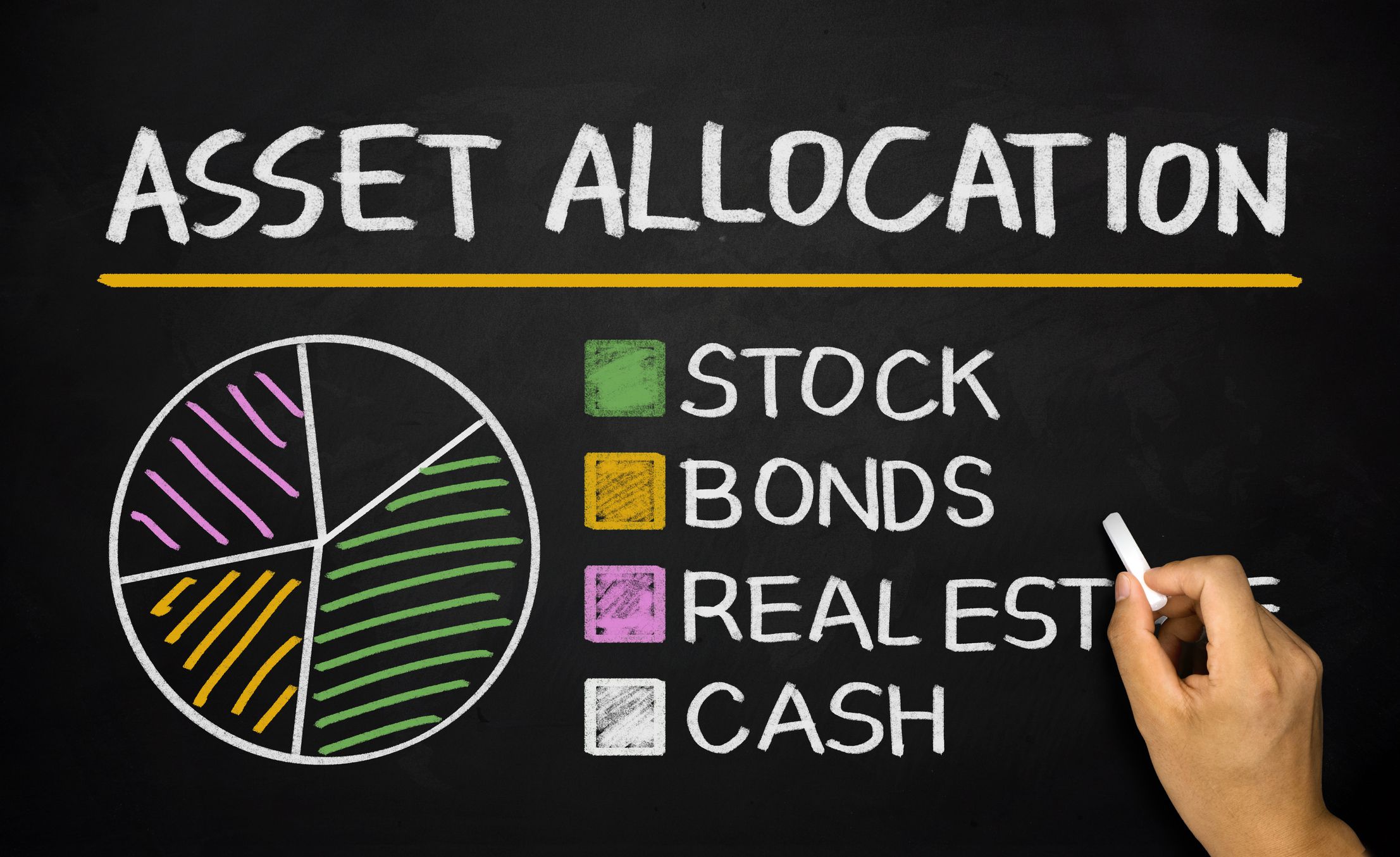What is an asset mix?
Imagine a basket that contains different fruits. The basket may be a fund or a portfolio, while the fruits are the assets. If we consider and break down all assets, we can call that an “asset mix.” One asset can fall under any core asset class: stocks, bonds, real estate, and cash. It does not end there because you can further mix them. Breaking down an asset mix is helpful to investors because they get to understand what’s inside the portfolio. They will want to know if the portfolio is diversified enough because they would like to avoid investment risks.
The world of investments is a vast place.
Today, people will never know if having too many choices is a blessing or a curse. The modern world offers way too many financial product options with different benefits and risks. Investors have the liberty to use their capital. They can focus on a single asset, or they can also have an asset mix. Having an asset mix increases the chances of potential returns while reducing risks. The latter is a strategy we call “diversification.”
Investment funds need asset mix breakdowns every time they report their investments. Fund managers let the investor know the exact percentages of their investments in the portfolio for every category. The comprehensive asset mix should always be 100%, showing the investment breakdown across the portfolio. For example, one can allocate 60% in stocks, 40% in bonds, and 10% in real estate. Every asset category’s investment market value is represented as a total portfolio’s percentage.
The portfolio’s asset mix is crucial for investors when they think about everything they should consider. In fact, it can be the primary determinant of the risk/ reward profile of the fund. Also, it can even give an insight into its performance in the long run.
Different asset mixes
If investors want to check their funds, they do so with their investment holdings. These holdings maybe focus on a core asset like equity or fixed income. We also have other asset category investments such as commodities or international investments.
There are investment funds that are mainly focused on one asset class or category. The asset mix will most likely be more granularly detailed. Let’s say that we have an equity fund asset mix. It may report investment percentages in large-, mid- or small-cap stocks. It can also be an international equity fund where the common asset mix breakdowns focus on the market value percentage per country. We can also have fixed income funds where investors can see the asset mix breakdowns by duration percentages or credit quality.
Mixing the assets
So, do we need to invest in funds to mix assets? The answer is no because you can always do this in your portfolio. You can choose many types of assets you prefer. However, individual investors need to understand financial products. They also need to know how these investments can end up in the future.




